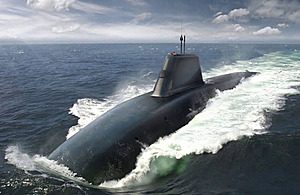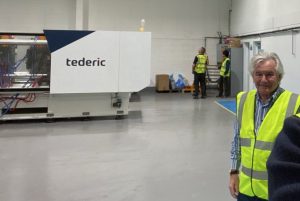Image used in Brunner Mond’s waste plant ad ‘misleading’

AN ATTEMPT by Northwich-based Brunner Mond to reassure local people about its plans to build a waste-burning power station at Lostock near Northwich has backfired after a complaint about the images used was upheld by the Advertising Standards Authority.
The company took out a regional press advertisement alongside the plant’s proposed operator, E.ON, to explain its plans for the site, which is proposed to burn around 600,000 tonnes of solid fuel created from waste each year and provide around a third of the Northwich plant’s power.
However, a complainant said that the company’s advertisement, titled “Lostock Sustainable Energy Plant proposal: A consultation based on facts” was misleading as the artist’s impression only showed part of the site.
The complainant also said that the advert’s claim that the plant “would be carefully and independently monitored…so that it poses no threat to the health of people living nearby” was misleading and could not be substantiated.
In its response, E.On Energy from Waste UK (E.ON) argued that since the scheme was only in the planning stage the final appearance of the plant could change and it would not have been possible to publish the full range of artists’ visualisations submitted.
It also argued that the image used was of the south elevation as this was the view that most people looking at the plant from public roads or nearby housing would see. It also added that the image had already been used in community newsletters and other consultation exhibitions and was therefore the one most local residents were familiar with.
In response to claims about its impact on health, the company said that the plant would use pre-treated, non-hazardous municipal solid waste, via a process that had been used safely in Europe for years.
It argued that it believed the plant would pose no threat to public health, but said there was a “small but relevant distinction” between an absolute claim that the plant would pose no threat to public health and its qualified claim that there was an independent and robust regulatory system in place, as a result of which the plant would pose no threat to public health”.
The Advertising Standards Authority upheld the complaint about the use of the image, arguing that the plant had a “greater visual profile” from other angles. It also said that the “larger profile” of the plant was just as likely to be seen from neighbouring houses and fields.
However, it did not uphold the complaint about claims relating to the plant’s safety, arguing that readers would understand that no development could be shown to be completely without risk.
The Authority also said that readers would take a claim that the plant would be independently monitored by the Environment Agency to mean that the plant would comply with appropriate regulations, and be monitored on an ongoing basis by the proper regulatory bodies.
The companies were told not to use the ad in its current form again.








